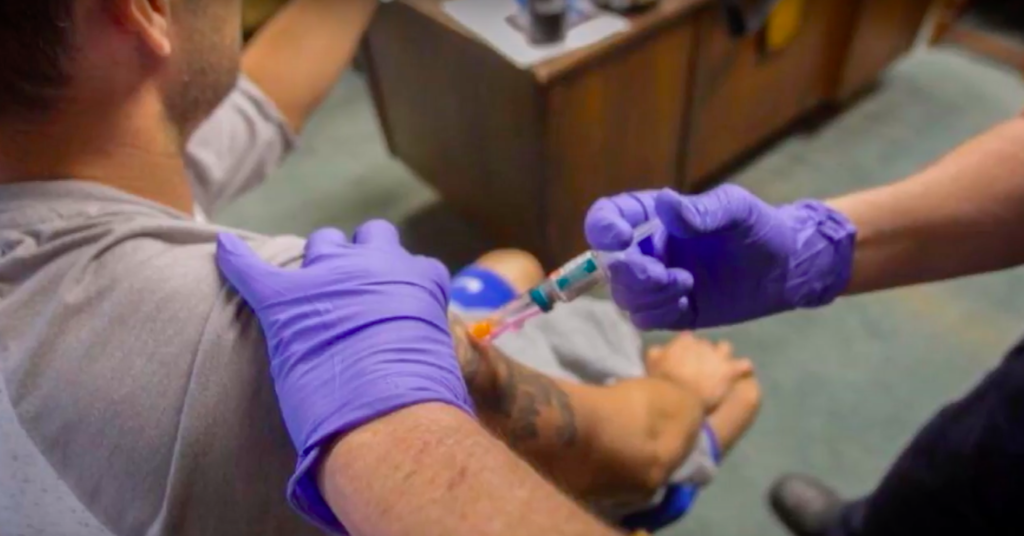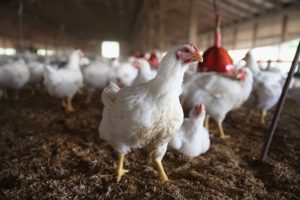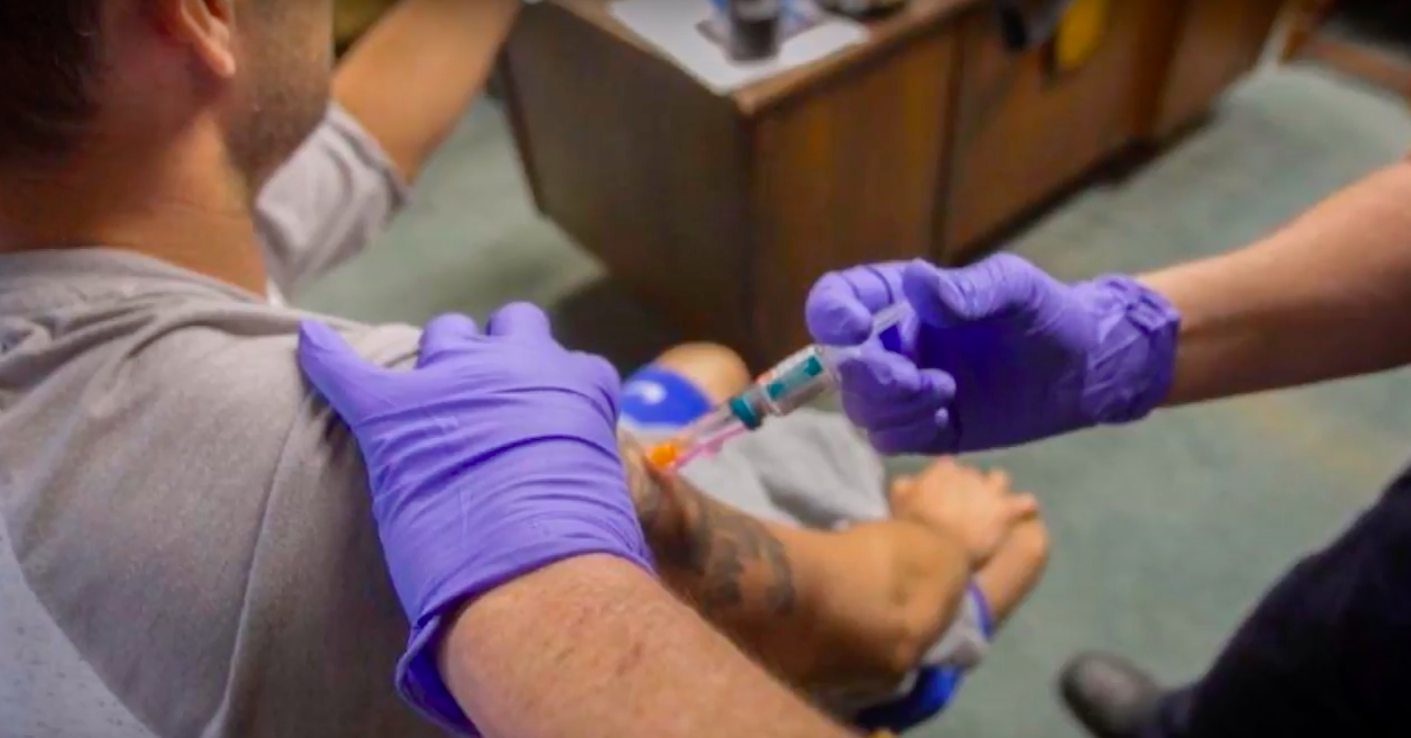June 22, 2018

In September 2017, San Diego Paramedics joined an effort to suppress a Hepatitis A outbreak.
Viruses are an ever present threat to our society. Each year 5% to 20% of Americans will face influenza, with around 200,000 being hospitalized. The 2017-18 flu season saw more than 4000 deaths per a week at its peak. In 2014, the Ebola virus epidemic terrified the world with a 70% mortality rate and secondary international infections.
Recently, San Diego faced its own epidemic with the 2017 Hepatitis A outbreak. The event saw 578 infections and 20 deaths. Despite the heavy toll, the actions that helped wind-down the epidemic now stand as a model for probable future occurrences.
Public health officials, the San Diego Mayor, and others noted that the massively increased vaccinations during September 2017 were the turning point in their battle to get the virus under control. Prior to September, only 27,000 individuals had been vaccinated. It was at that point, local and state officials declared a state of emergency.
This declaration of emergency put in action many things, one of which was the ability for paramedics to administer immunizations. Under current California statute paramedics are not allowed to administer these highly effective treatments. The ability of paramedics from San Diego Fire Rescue to treat at-risk individuals was viewed as an effective component of a major public health undertaking.
Ultimately, the Hepatitis A outbreak was controlled after over 120,000 San Diegans received vaccination. Now the question looms, what will California do to prepare for next time? Hepatitis A has a mortality rate of up to 2% in at risk populations. Some viruses, such as the H7N9 Bird Flu, have mortality rates of 30% or greater. The World Health Organization recognizes several viruses, including the bird strain, as threats with pandemic potential.

The Avian Influenza (H7N9) is incredibly dangerous for humans, with a 30% mortality rate, and the WHO is concerned it may be the next pandemic virus.
Paramedics are just starting to be seen as a valuable component of a modern public health programs. These providers work in the in-between spaces, the alleyways, and homeless populations. The San Diego outbreak saw paramedics going into ravines and hard-to-reach places, often finding people who had not yet to surfaced in the health system.
One of the greatest concerns with any immunization procedure is the potential for allergic reaction to the vaccine. Notably, paramedics are the provider requested for the treatment of persons suffering allergic reactions and therefore seem uniquely positioned for a remote immunization program.
Unfortunately, state labor unions have not Been supportive of such initiatives. In California, these unions often see any expansion of one provider’s scope of care as a threat to their own workforce’s demand. Recently, the major nursing union of California defeated a public health paramedic bill supported by medical directors, paramedics, and hospitals.
Many argue that public health is not zero-sum, and that issues of public health should trump labor group tactics. The outcome is yet to be seen, but the hope is that paramedics can partake in making our communities safer and healthier.



